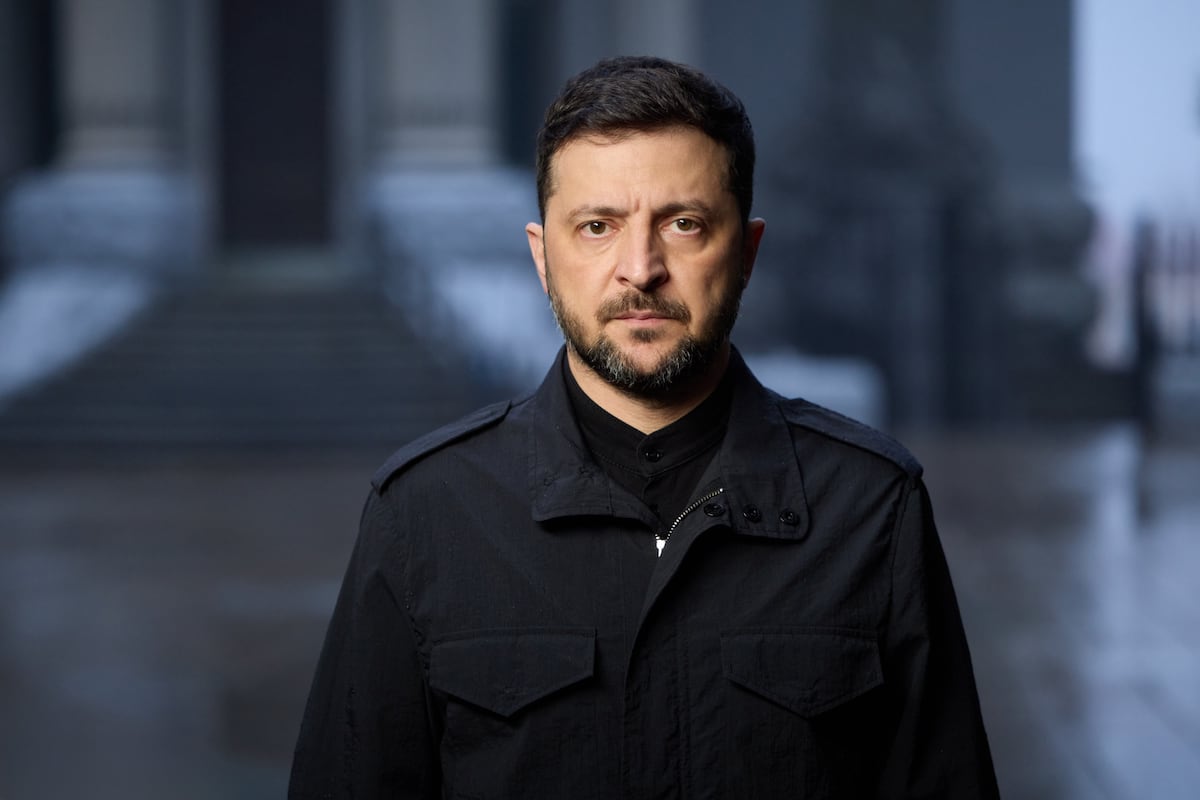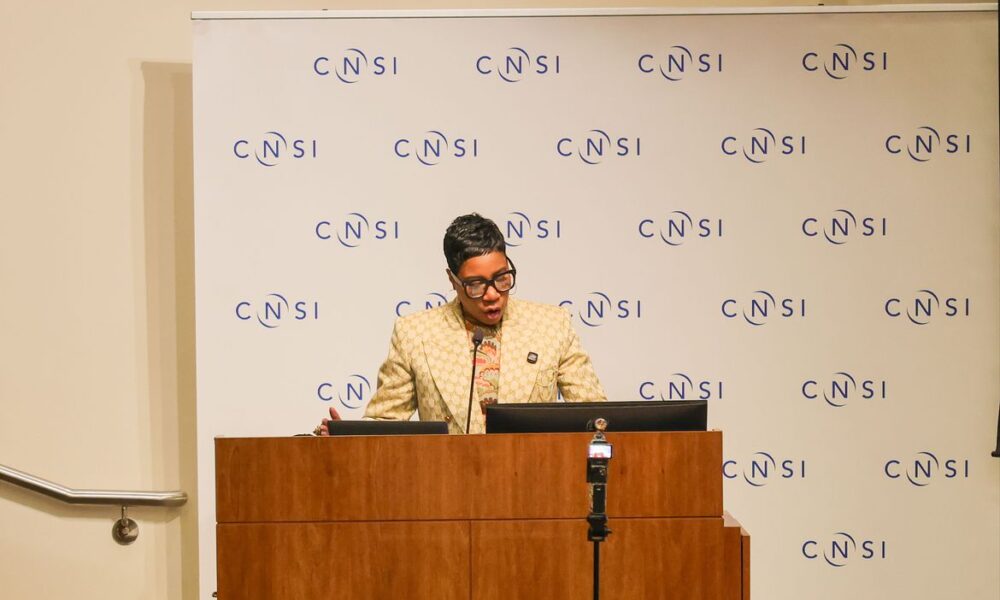KYIV, Ukraine — An American peace proposal aimed at resolving the ongoing conflict in Ukraine has placed the nation in a precarious diplomatic situation. The 28-point plan, devised by the administration of former U.S. President Donald Trump in collaboration with the Kremlin, was presented without Ukraine’s involvement. It compromises several key Ukrainian positions, particularly regarding territorial integrity, raising concerns about the implications for Kyiv’s sovereignty.
The proposal has garnered a positive response from Russian President Vladimir Putin, who stated that it “could form the basis of a final peace settlement” if the United States can persuade Ukraine and its European allies to accept it. In a carefully measured response, Ukrainian President Volodymyr Zelenskyy emphasized the need for a peace agreement that guarantees Ukraine’s security and prevents further Russian aggression.
Key Components of the Proposal
The peace plan includes several contentious elements, particularly concerning territorial concessions. It recognizes Ukrainian sovereignty but simultaneously acknowledges the de facto Russian control over Crimea and the Luhansk and Donetsk regions. According to the proposal, the borders of Kherson and Zaporizhzhia will be frozen along the current front line, essentially compelling Ukraine to withdraw from areas not firmly under Russian control.
Ukrainian officials, including Oleksandr Merezhko, head of the foreign affairs parliamentary committee, have expressed strong opposition to these terms. Merezhko described the plan as a “nonstarter,” highlighting its contradictory nature that guarantees sovereignty while imposing conditions that undermine it.
Another significant aspect of the proposal pertains to security guarantees. The plan suggests that Ukraine enshrine in its constitution a commitment not to pursue NATO membership, limiting its military capabilities to a force of 600,000 soldiers and barring NATO forces from being stationed on its territory. While the proposal offers some preferential access to the European market as Ukraine seeks EU membership, it does not provide clear mechanisms to ensure ongoing security against Russian incursions.
Implications for Ukraine’s Future
The proposal also calls for Ukraine to relinquish any claims to hold Russia accountable for its actions during the conflict. This aspect raises alarms among many Ukrainians, as it would effectively deny thousands the opportunity to seek reparations for their suffering. Volodymyr Fesenko, a political analyst, warned that signing the plan could have catastrophic consequences for Zelenskyy’s administration, given the intense pressure from the U.S. government.
The plan further includes a stipulation that Russia would agree to invest $100 billion of its frozen assets in rebuilding Ukraine. However, Russian officials have reacted negatively to this suggestion, with Kremlin spokesman Dmitry Peskov asserting that any attempt to misappropriate Russian property would lead to legal repercussions for those involved.
As the conflict in Ukraine continues, the diplomatic landscape remains fluid. The proposed peace plan illustrates the complexities of international relations as Ukraine navigates its ties with both the United States and Russia. The urgency for a resolution remains, but the path forward is fraught with challenges that will require careful negotiation and a commitment to preserving Ukraine’s sovereignty.







